Interview with Soňa Šerá: ‘The colors in my photography strive to awaken the palate’
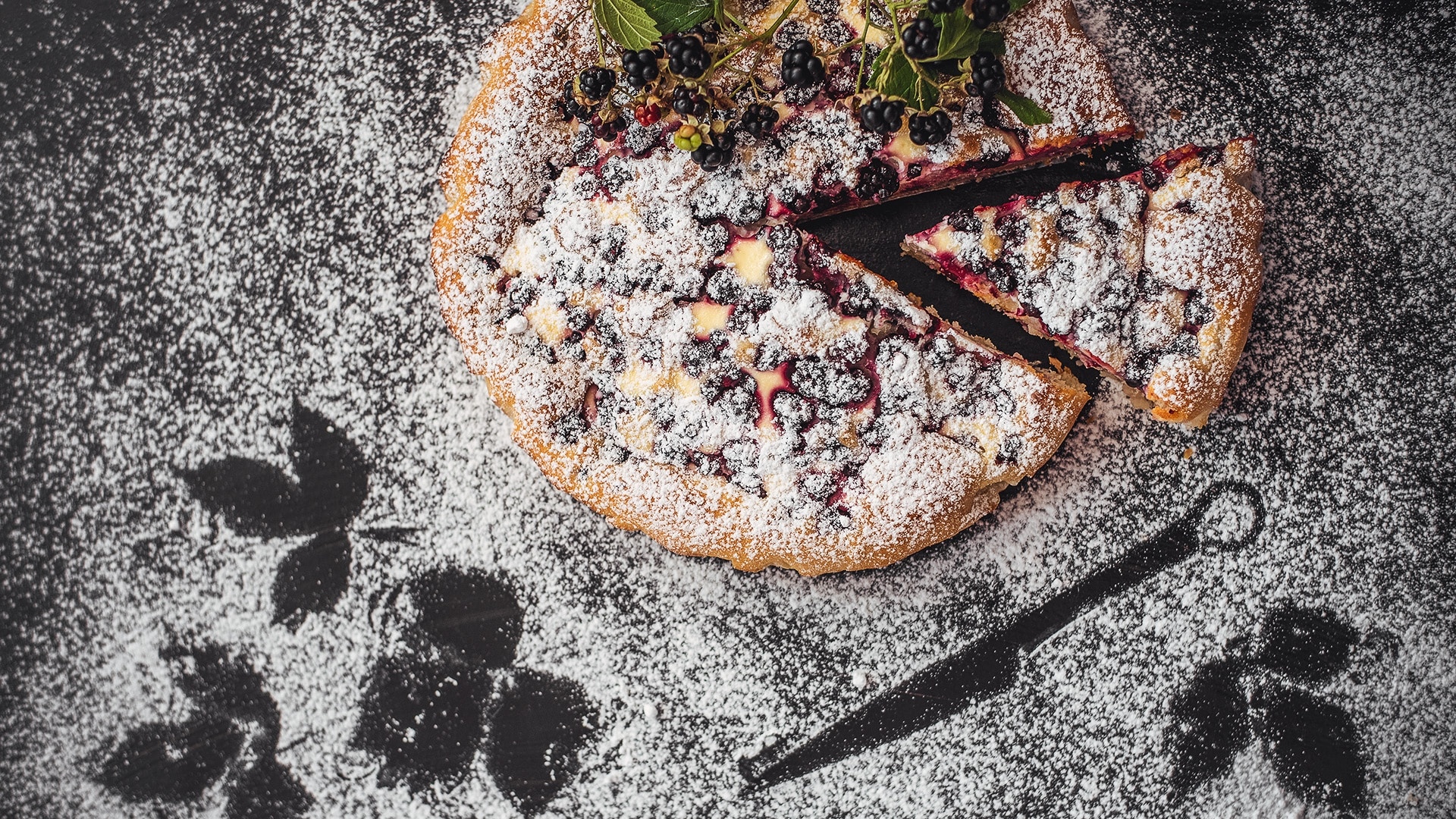
Soňa Šerá is a Zoner Photo Studio ambassador whose specialty is unique portraits with an emphasis on artistic expression. Her work is characterized by black and white photos, interesting poses, chiaroscuro lighting, minimal retouching, and minimalism. However, she doesn’t shy away from color photography, especially when it comes to her own cooking and baking.
Soňa, how do you spend your time when you’re not taking pictures?
When I’m not doing photography, I like to relax with a book, listen to rock music, paint, make something, or experiment in the kitchen.
A philosophical question: What came first, the chicken or the egg? Chef Soňa or photographer Soňa?
Photographer Soňa came first. I studied photography at an art school and my favorite genres were fine-art photography and portraits. Through photography, I met many different people I probably wouldn’t have had the chance to meet under different circumstances. This was a huge bonus for me. Photography, and the connections I’ve made, are exactly what fulfill me and make me who I am.
Over time, different photography projects, competitions, and topics came along. Occasionally, topics with food photography came up and I thought, it would be nice to give this a try too.
Your fine-art photos are predominantly black and white. Do you shoot in black and white, or do you convert your images to black and white in post-production?
I shoot in RAW and rely on post-production. I find that a color photo hides many things because colors can be distracting. With black and white photography, lights and shadows are key to bringing out what I want to tell others, what I want to reveal, or keep hidden. It’s an invitation to go inside my head for a moment and see what I see and feel what I feel. From my point of view, black and white photos are more emotional, highlight what’s important, and accentuate composition. They add a unique atmosphere and feeling to the photos.
Often in your black and white photography, glass or windows with droplets act as a “filter,” evoking a slightly more somber mood. Is there a special idea behind it, or like with Van Gogh, is it part of a specific art period?
It may be because I greatly admire the work of Czech photographer, Josef Sudek. I love his portraits, still lifes, and I desperately need that window you see in his photography. When shooting portraits, I feel and sense emotions. I see how the model’s expressions can reveal part of the soul that not everyone shows and that most try to hide. There is a lot of mystery that can be hidden in their expressions. When someone smiles, it doesn’t necessarily mean they’re happy and you don’t know if their smile is genuine until you look into their eyes.
Your nudes are also predominantly black and white. Is black and white better for nudes?
I think nudes have more magic when they’re in black and white. I find color versions of nudes distracting, but after converting them to black and white, they gain something more. They aren’t vulgar, but have greater erotic energy.
Since your color portraits are so full of color, do you spend more time editing color photos than black and white ones?
I wouldn’t say editing color photos takes more time. I would actually say less, as I try not to edit them too much and leave them as they are. At most, I add some contrast and do a bit of retouching. Sometimes there’s no editing needed, and I just convert to JPG. This is usually when shooting using vintage lenses, which naturally give beautiful colors.
Do you do any workshops? What kinds of things do the participants learn? Is photo editing a part of it?
For now, I’ve been trying to gauge interest in photography workshops. It looks like there is interest. I’d like to teach others about using daylight, or night lights in the city. I don’t shoot in a studio or use flash. I don’t like artificial studio lighting and I know I can shoot without it. Maybe this idea can help someone. I don’t have plans for photo editing workshops, but I’m not opposed to the idea either.
I’d like to focus on food photography. Before a food photograph is taken, someone has to bake it, cook it, and prepare it. Is that you?
Cooking is a way for me to relax, so I prepare all my own food. I try different recipes or sometimes just see a photo of something that looks good and want to try it. In the end, I adapt everything to my tastes and so that it looks good for the photo. Sometimes I sketch what I want the photo to look like beforehand. This makes the job go faster and easier.
How many assistants do you require? People to help you eat your creations at the very least. 🙂
I get a lot of help from my kids, Alex and René. They help me by holding the backdrops, reflectors, or by sprinkling powdered sugar on top of the pie…But then they are happy to help me eat up the leftovers. Though sometimes they complain that I’m wasting their time with photography.
How do you do food photography? Do you need special lighting? For example, green lighting to make the salads look greener?
I mainly use daylight. I shoot by the kitchen window where there is a lot of diffused light. When there’s a lot of light, I use tracing paper or even baking paper to help me, or a translucent board to minimize harsh light. When there’s not enough light, I use a reflector. I don’t use anything else. Most of the time, between cooking, I prepare the scene depending on what the dish is. I test out the composition and then just arrange the food and shoot from various angles.
Your photos are beautifully clear and realistic-looking. How do you use white balance?
I must confess that I have my white balance set to auto. Unless I’m forced to shoot under fluorescent or incandescent lighting, I try to avoid changing the white balance settings. Worse comes to worst, I help my photos using post-production and move a few sliders around until I get the colors I want in the photo.
Are there special conditions for food photography? For example, 10am on a sunny day. Or is it the magic of editing skills?
I personally try to photograph food as naturally as possible. I prefer daylight and it’s best when it’s sunny. Then, I play around with different lights and shadows. When I can, I like to make use of the sunset. This can create beautiful effects in a photo. I don’t have a set time for shooting. I try to cook during the day. Sometimes I help my photos by increasing ISO in low light.
What lenses do you think are best for food photography?
I shoot using a Nikon 50mm prime lens, or old-school Helios and Flektogon lenses. For me, these are the best lenses. I use lower f-numbers for food photography.
Are there any rules about composition, lighting, or props for food photography? Like, do there have to be herbs for meat photos or fruit with sweets, etc.?
I always try to incorporate the food I used for cooking in the shoot. Whether that’s herbs, spices, vegetables, or fruit. I supplement with dish towels, fabrics, wooden cutting boards, or flowers. I also use old pages from books, newspapers, different silverware, and dishes. The older the better. I create the composition when shooting so nothing overlaps in an obvious way, though it depends on what angle I am shooting from and I check the preview in my camera. I often follow the rule of thirds and color coordinate everything so the photo awakens the palate and makes your mouth water.
What is your favorite adjustment in Zoner Photo Studio?
My absolute favorite is batch editing. Whether it’s for converting from RAW to JPG, which I mainly use to prepare proofs or to label selected photos for further editing. I also use batch editing for resizing and sharpening photos, or adding a logo. I have also tried making collages and printing. Straightening lines and reducing noise also works great in ZPS X. I love the ability to add layers, as well as filters and presets. I find Zoner very intuitive and easier to use than Photoshop.
Soňa, thank you so much for taking the time for me and our readers. If you are interested in learning more about our ambassador Soňa’s story, check out her classes.
Soňa Šerá

Soňa Šerá is an art school graduate in the discipline of fine-art photography. Photography is an integral part of her life and is a way for her to relax. She focuses on unique portraits with an emphasis on fine-art photography without extreme retouching. Her techniques include Chiaroscuro, untraditional poses, minimalism, and black and white photography, though she does not shy away from color photography. She regularly participated in various photography competitions and her work has been published in various Czech magazines (FotoVideo, Czechoslovak Photography, and Digital Photo). She is the mother of three children and loves spending time cooking and baking for her family. From this hobby, her project, Soňa’s Kitchen was born. You can also run into her at the RockOpera Prague music festival.
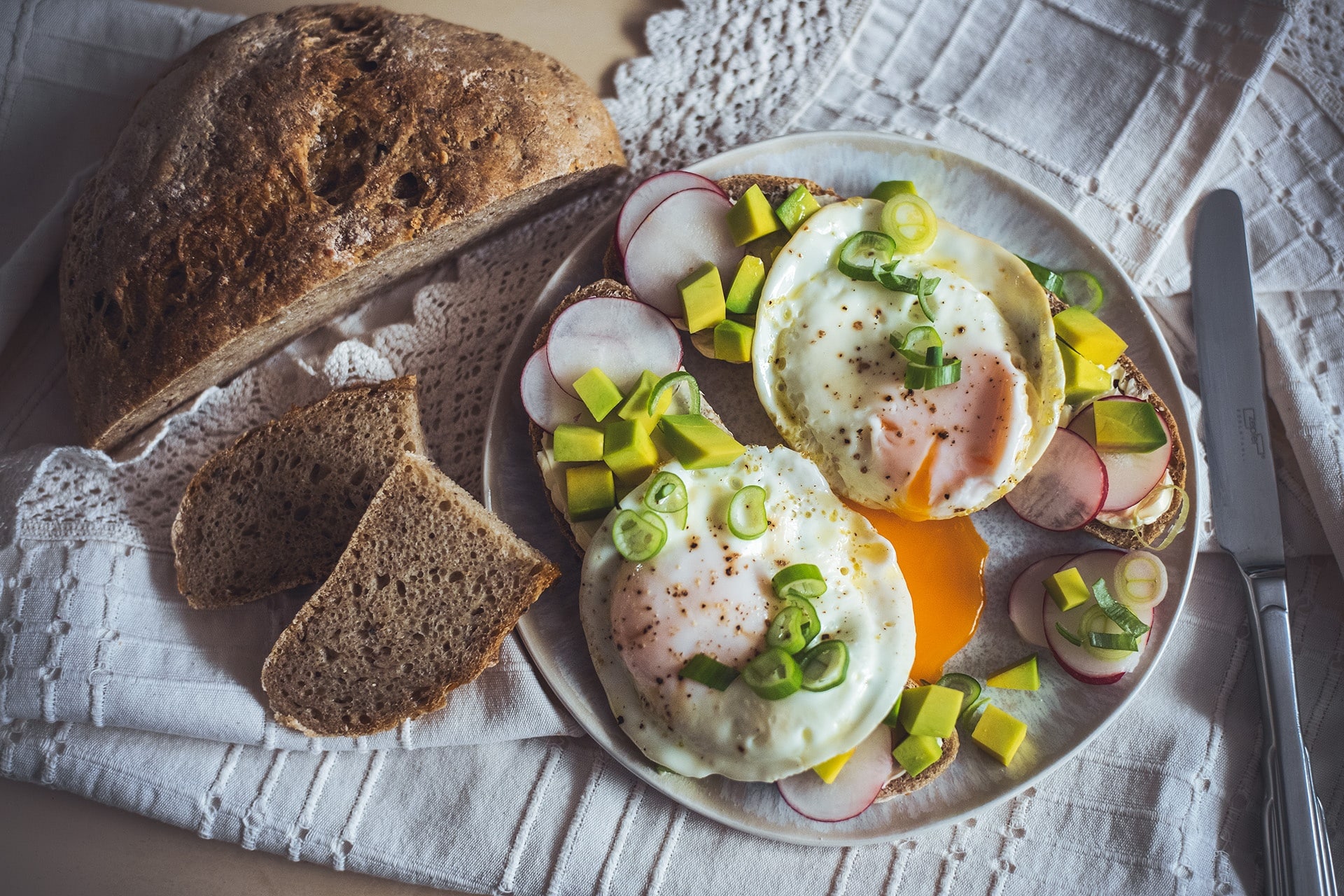

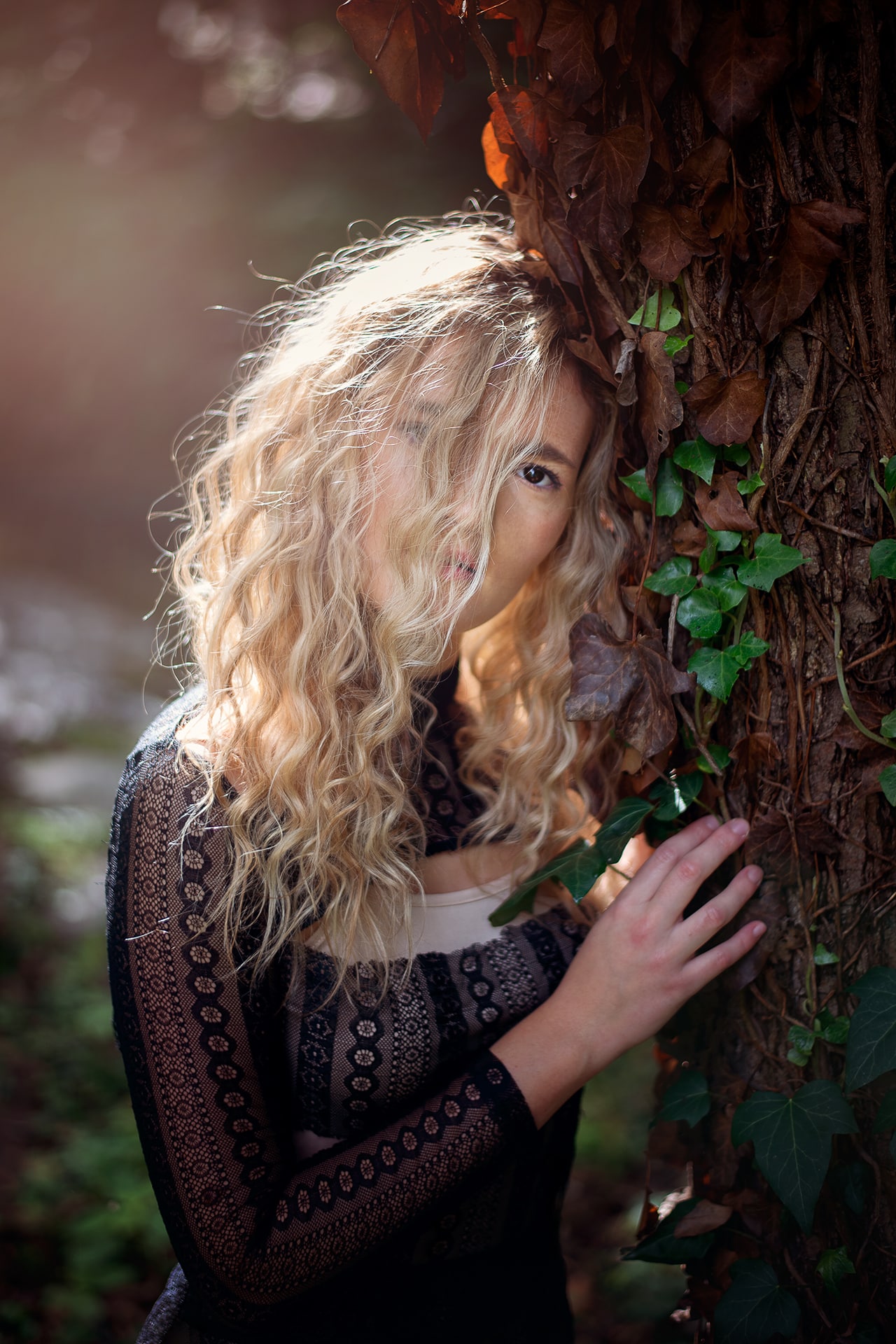
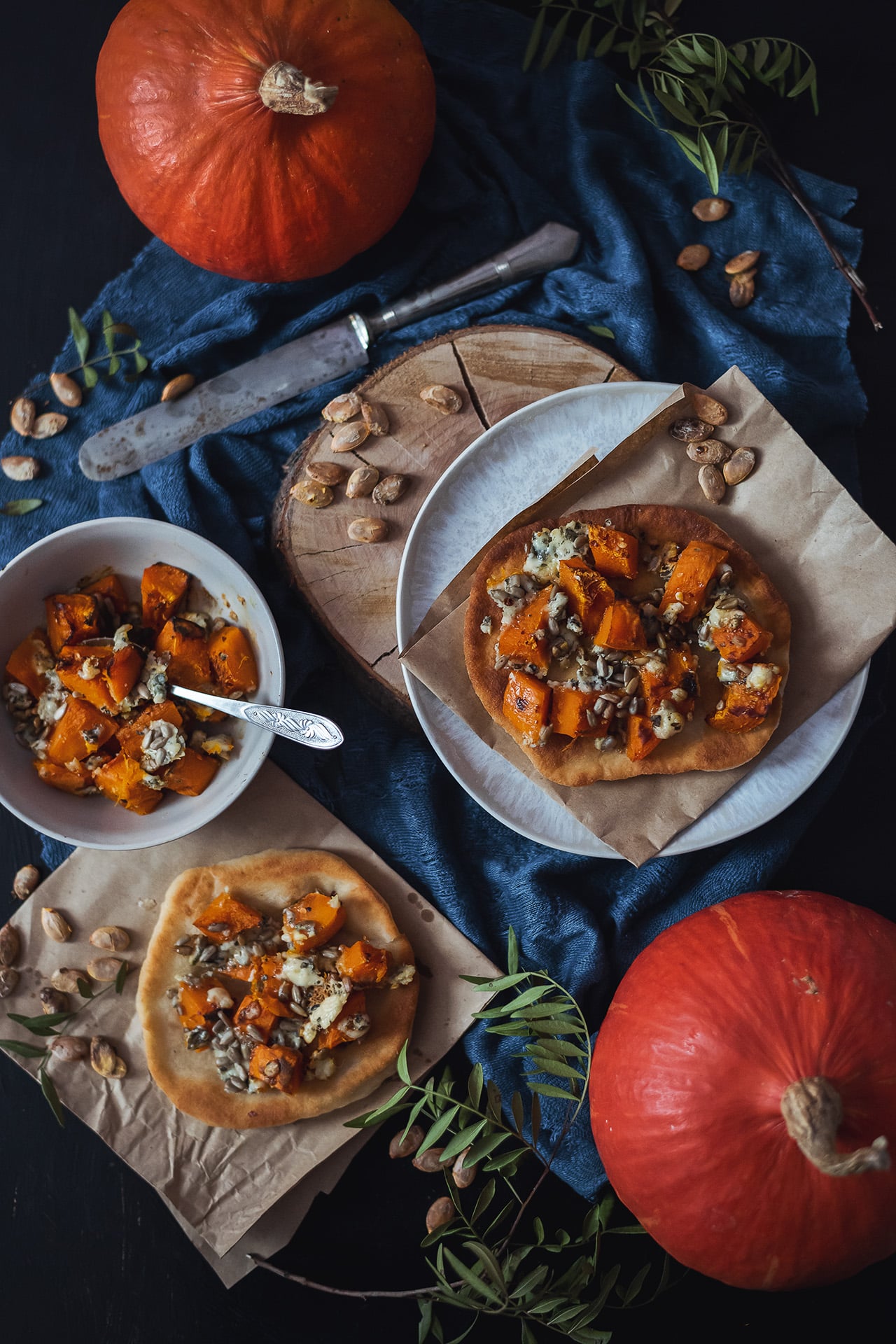
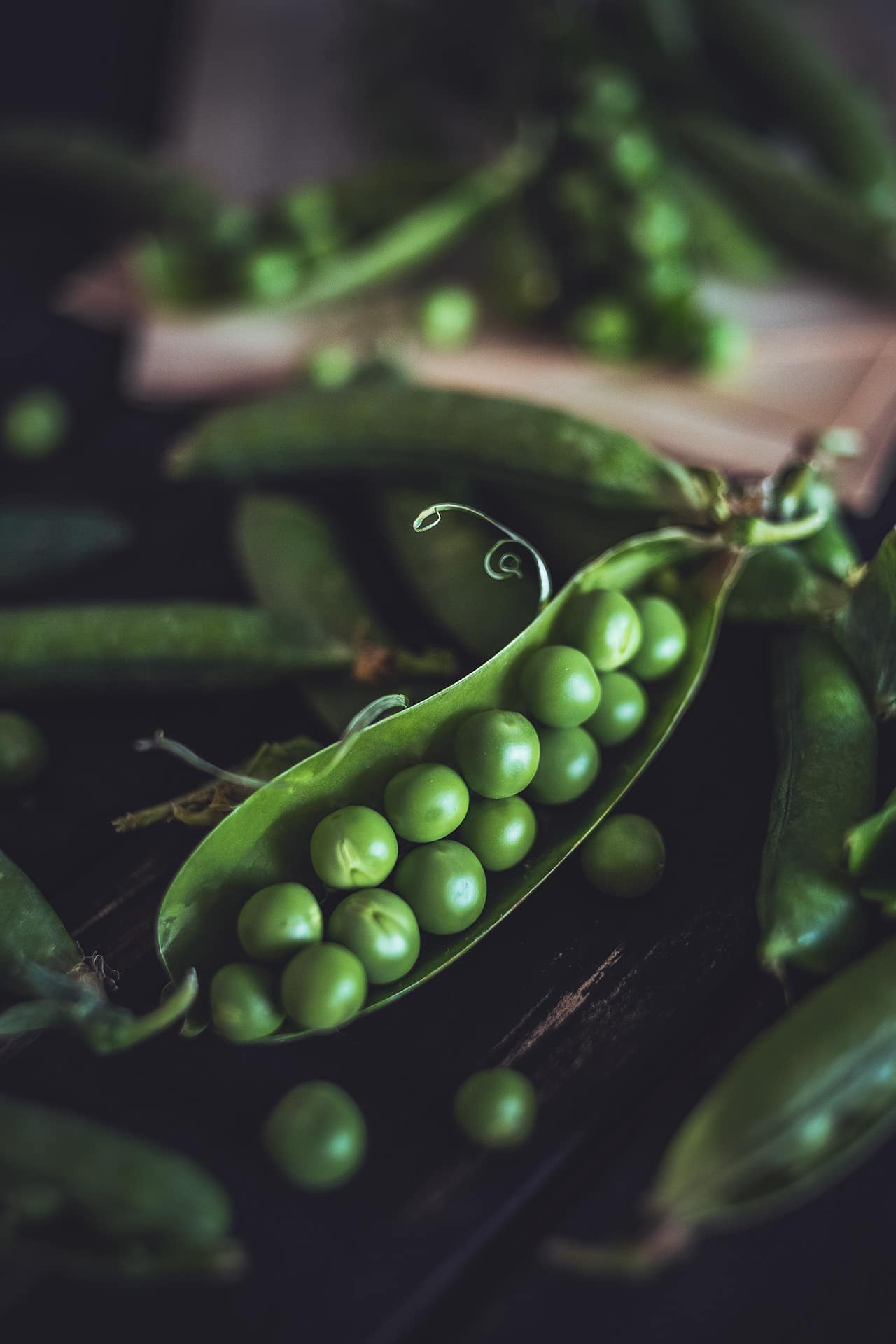
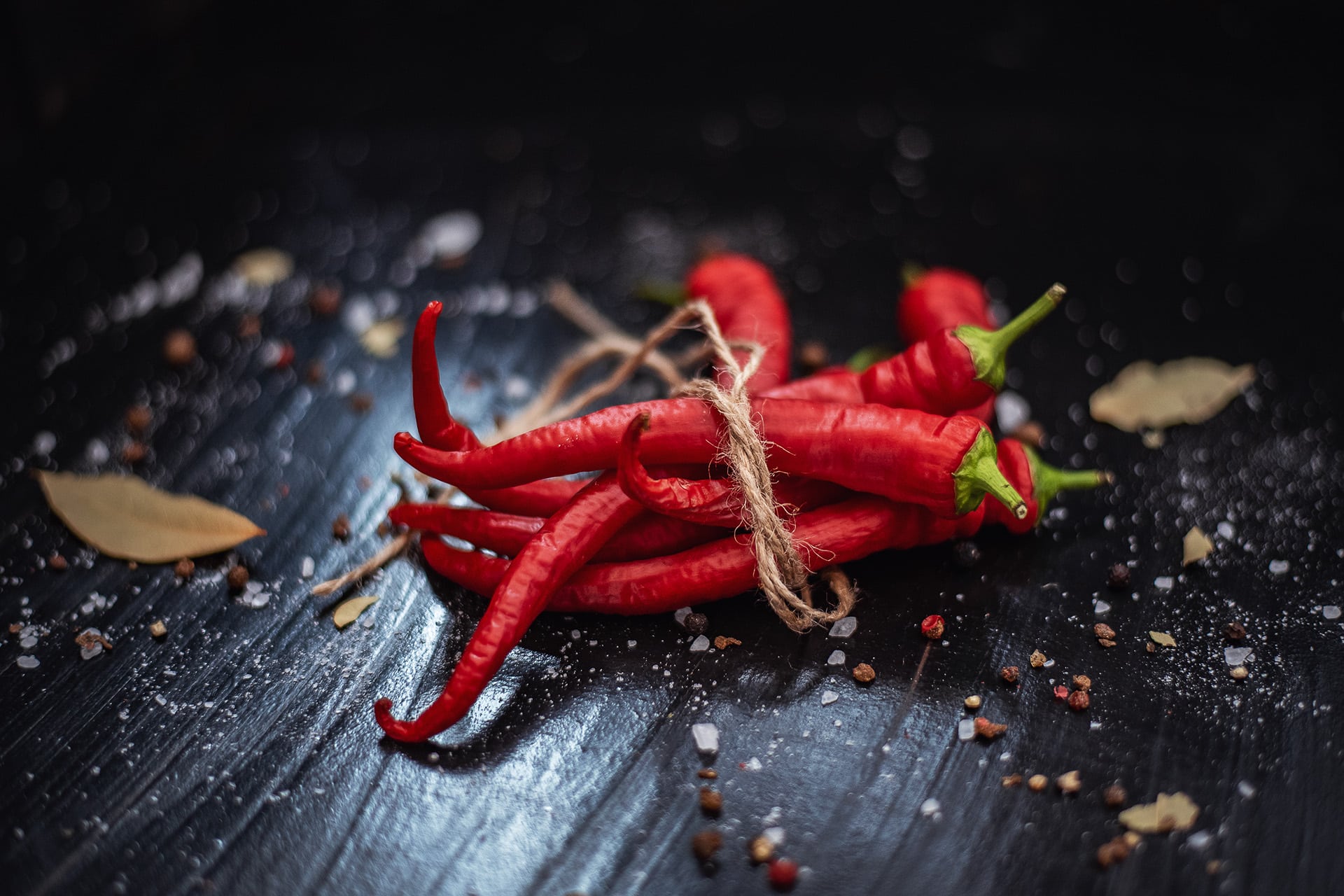
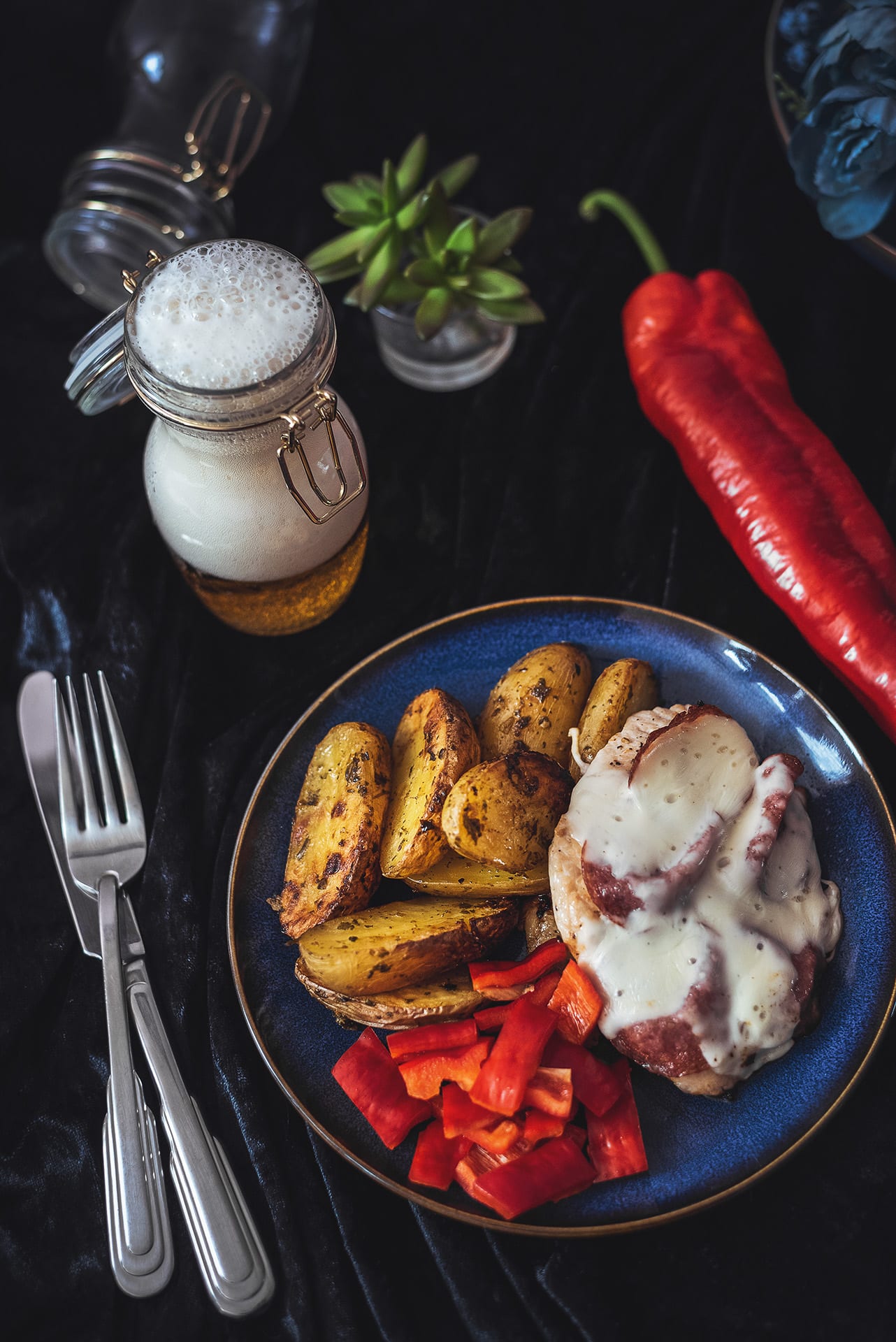

There are no comments yet.